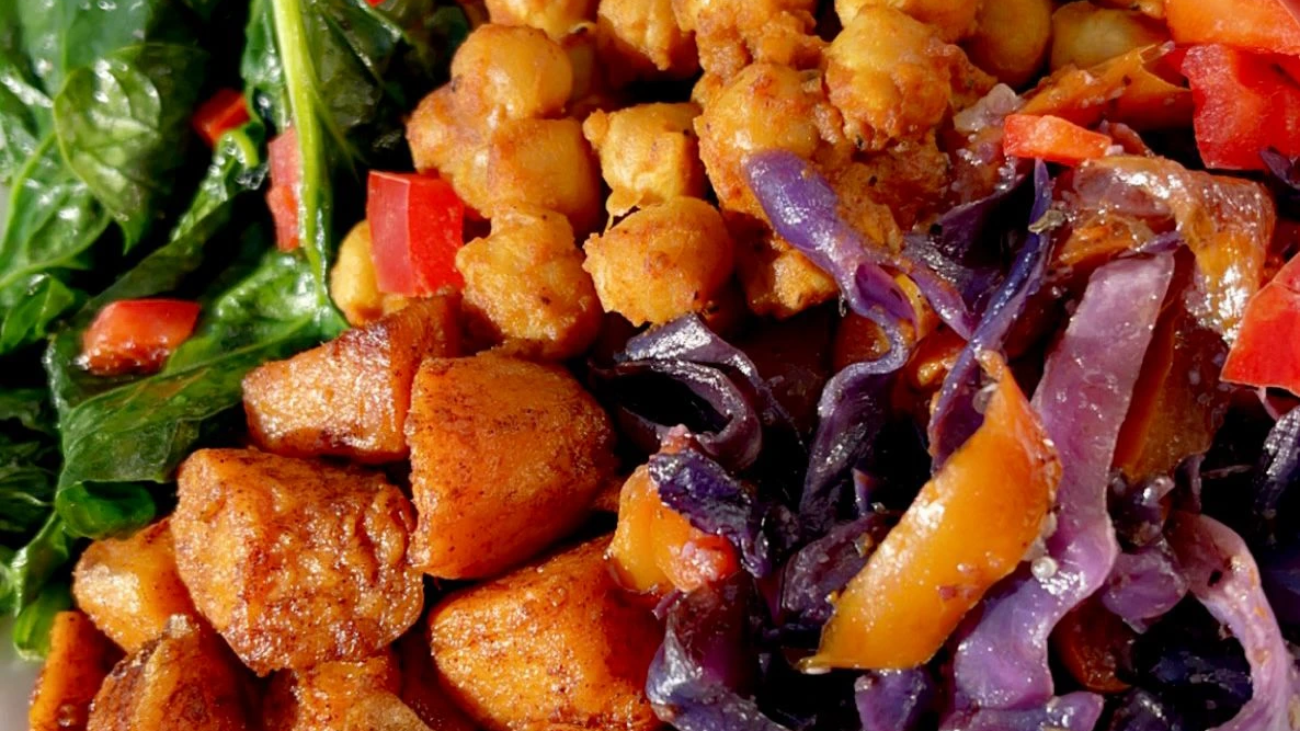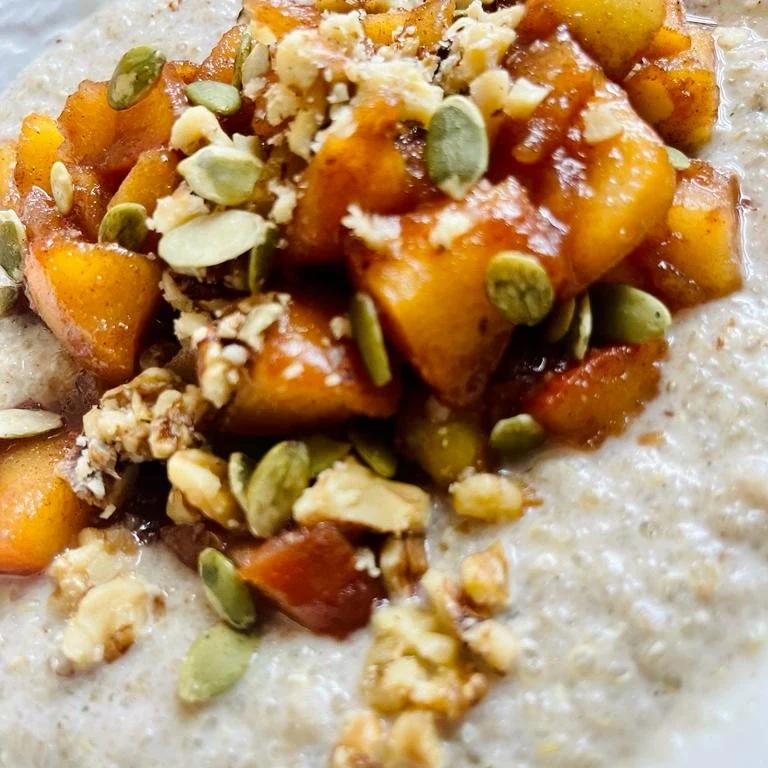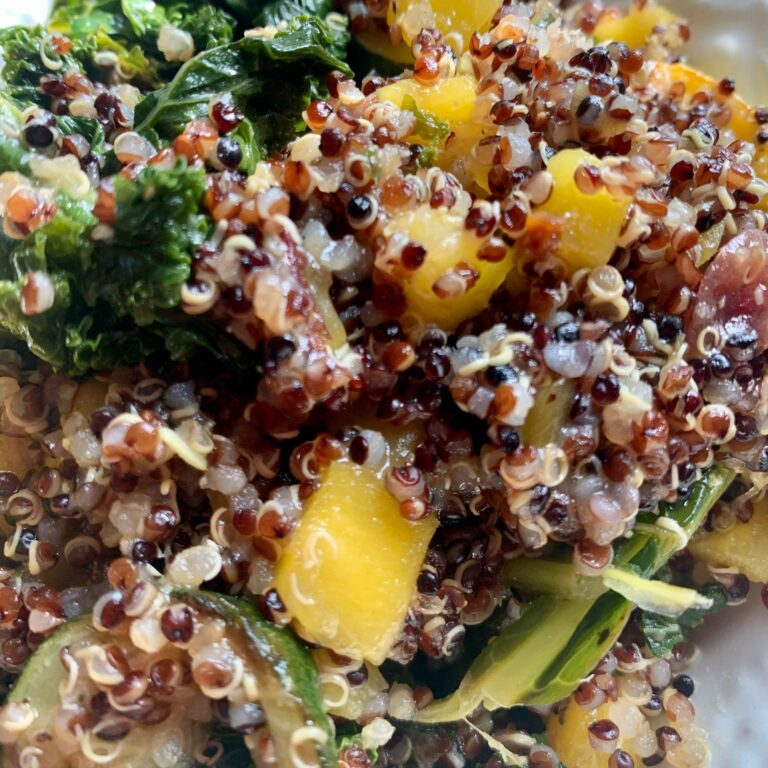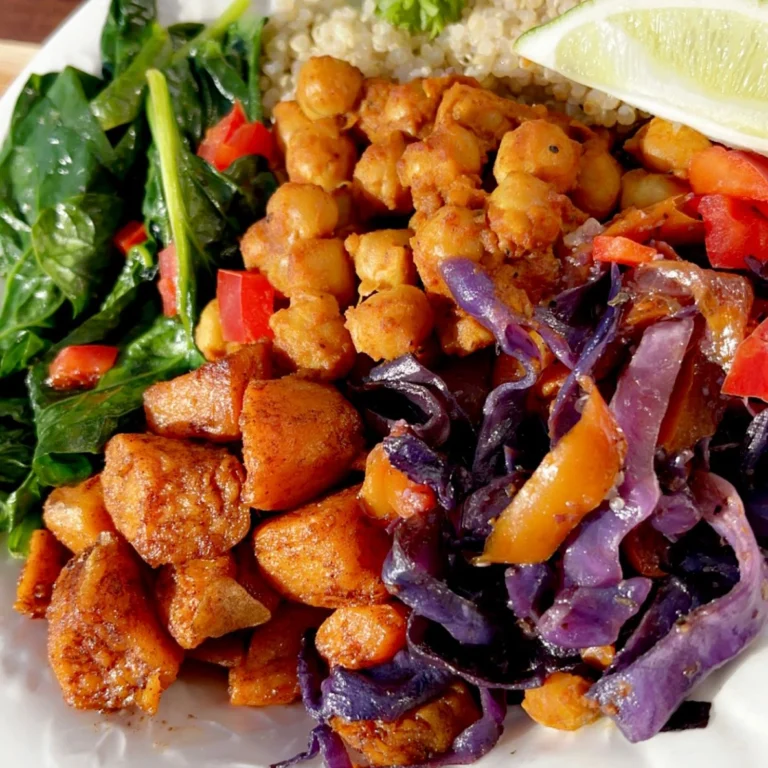Green vegetables give their color to a pigment called chlorophyll, responsible for a fundamental process called photosynthesis. But, in addition, chlorophyll contains many properties that are good for our health, and that will surely interest you. Some of them are:
· It is a good complement for those who physically active.
· Helps to combat and prevent digestive constipation.
· Detoxifies and oxygenates the body cells.
· It has antioxidant power (prevents premature aging of cells).
· It nourishes and strengthens the intestines and the circulatory system.
· You have been diagnosed with antianemia.
· It is a source of easily digestible minerals and vitamins.
· It helps to cleanse the intestines, the kidneys, the liver, and blood circulation.
Before commenting on the advantages of this type of product, there is something you should always have in mind in questions related to food: In addition to the benefits that food provides, in this case green vegetables, if you have decided to change your consumption habits, you must first consult a specialist.
In addition to the benefits of chlorophyll in green vegetables, it is best to consult a medical specialist first, especially if you require specific dietary needs.
On the other hand, whether a food is healthy or not, depends on two things:
· From the amount of nutrients that it contains.
· From the amount of that food, you consume.
Therefore, your doctor and your nutritionist will tell you Therefore, your doctor or nutritionist will tell you what and how much green vegetables you should consume according to what they deem most convenient for your condition.
What are in general terms the main benefits of green vegetables?
· Its consumption is associated with less risk of cardiovascular diseases.
· Has vitamin A, which is necessary for the bone system, skin regeneration, preventing some eye conditions, and strengthening the immune system, among other things.
· Green vegetables contain essential nutrients that will help you control your weight, as they have a low caloric value and satiating power.
· Help control blood sugar levels.
· Have dietary fiber, which prevents intestinal constipation.
· Has vitamin C, which helps to prevent colds and flu.
· It contains folic acid, which is ideal if you are a woman and helps to improve the defenses.
· They are sources of magnesium and potassium.
· They contain vegetable protein, which can contribute to the protein supply in combination with other foods when replacing animal meat.
· It contains calcium, essential for the bodily healthy skin, women in the menopause stage, and many processes where hormones and enzymes intervene.
· Have anti-inflammatory properties.

 Cart is empty
Cart is empty 









